Guide for collectible figurine appraisal: determine your figurine collection value and price
Determining the value of your antique and collectible figurine is more than just looking for it on the figurine price guide. In reality, this is just the beginning of the tedious process of valuing your collectible figurines.
What is a “secondary market” for figurines?
The primary market is where retailers sell brand new collectibles (in this case, the figurines) to collectors.
The secondary market is where collectible figurines are sold by private collectors and not by the original retailers. Mostly, these collectible figures are not brand new; rather they are retired or limited edition pieces.
For example, after Hummel figurines will finish producing a line of porcelain figures, the design mold is retired for good and its production ceases. These figurines, often considered rare, will find its way to the secondary market where they are sold for a price according to their value.
The price of collectible figurines in the secondary market is greatly influenced by the collector demand. Secondary market prices are usually higher than that of the primary market.
However, not all values of collectible figurines go up. The appraisers (authorities who assess the current value of collectibles), determine the value of your figurines when you plan to sell it in the secondary market.
Why should I have my collectible figurine appraised?
Appraising your antique figurine is practical when you want to have your collection insured. Insurance companies will ask for the current value of your figurines. Getting your figurines appraised allows you to have an estimate of the figurines value. This is crucial when you want to sell your collection in the near future.
When the cost of the brand-new figurine increases, its secondary market price also goes up. Hence, figurine investors are always up to date on the current figurine values.
What are the two types of appraised values?
There are two types of appraised values: the replacement value and the fair market value.
Upon appraisal, be specific whether you want your collection appraised for replacement value (incase your figurine collection got stolen or broken but the damage is still covered by insurance) or for fair market value (when you want to sell your antique porcelain figurine).
Another tip is not to ask a figurine appraisal from a dealer when you plan to sell your collection to him or her. This is to avoid conflict of interest.
To protect yourself from other biased appraisal, you should also know the factors that influence the antique and collectible figurine values such as the demand, condition, and others.
How can I determine the value of my figurines?
1) Look for the manufacturer’s mark or the figurine designer stamp
Highly valuable figurines have a distinguishing mark of its maker. To see if your figurine is indeed authentic, look for the manufacturer’s mark. Sometimes, using a magnifying glass or a loupe is handy for barely visible marks. Hand painted figurines with an artist’s signature have the highest value.
2) Determine the figurine’s condition
Even if you have the price list of your figurine based on the price guide, you also need to consider your article’s condition. Is your figurine chipped, cracked, or rubbed off of its paint? All flaws will devalue your figurine. That is why collectors should take extra precautions to keep their figurine in mint condition. Mending marks of broken figurine are evident when held against a bright lamp. There are many ways to increase the value of your figurines and of them is proper storage.
3) Identify if your figurine is common or rare
Rare figurines with a good collector and investor demand will always be worth a bigger sum. During a Hummel figurines value appraisal, for example, the collector should determine if his or her piece is a variety of a more common mold. These rare Hummels are considered rare and are valuable.
Common figurines like the Walt Disney figurines made by WDCC are offered at a more competitive price in the secondary market. Remember, collector demand is driven by the desire to acquire the most one of a kind piece.
4) Is the age of my figurine a considering factor in appraising?
Both yes and no. Actually, old does not always mean valuable. The figurine value is still based on the collector demand.
There are figurines that are massed produced. Likewise, there are also figurine lines that are constantly reproduced every year. Thus, the supply of these kinds of figurines is high and they follow a volatile market trend. However, when collectors lose interest in these figurines, the demand drops but the supply is still overly abundant.
When this happens, the price of the figurines also lowers. The age of a collectible figurine is not an overall factor to consider when determining its secondary market value. A vintage figurine is only considered valuable when it has endured the erratic collector demand through time.
There are times when a collector sells his or her vintage figurine that was not yet appraised for a higher price due to sentimental reasons. This is the time when a published price guide is certainly handy to the buyer who is unaware of the inflated price.
5) Imitation figurines
Knowing the provenance of your old collectible figurines is a good way for authentication.
A provenance is the verifiable history (origin or source) of your antique valuables in like the form of purchase receipts, old photographs, and the likes.
Buying your collectible figures from the flea market is always risky. Fake figurines have flooded the market lately.
Always be sure to check the figurine marks at the bottom as a proof of their authenticity.
What are the terms that are often used to describe collectible figurines?
• Limited edition (LE) – limited edition figurines are produced in a specific number of quantities during a definite time period. Each limited edition figurine comes with a Certificate of Authenticity (COA). The base of an LE figurine is marked with two sets of numbers: the highest numerical value indicates the total number of produced figurines while the lower value indicates which number the collector has.
• Annual edition – this kind of figurines are produced for only a year.
• Open edition – These collectible figures do not have a production limit and are still in production until the company desires to make them.
• Artist proof – is a figurine that is set aside for the artist’s personal collection
• Retired – a figurine is permanently removed from production and its mold was intentionally broken so it can never be reproduced in the future.

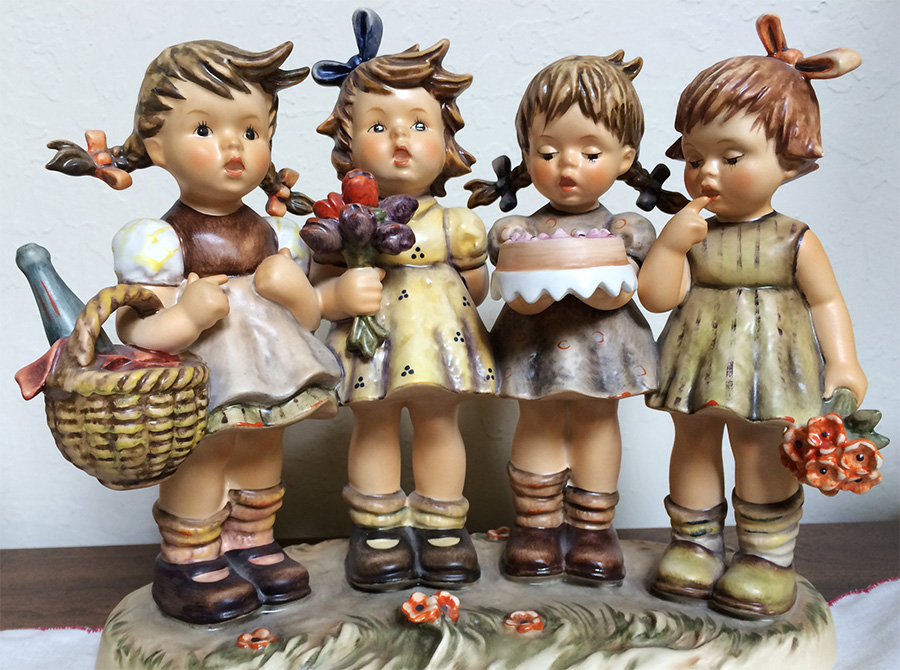
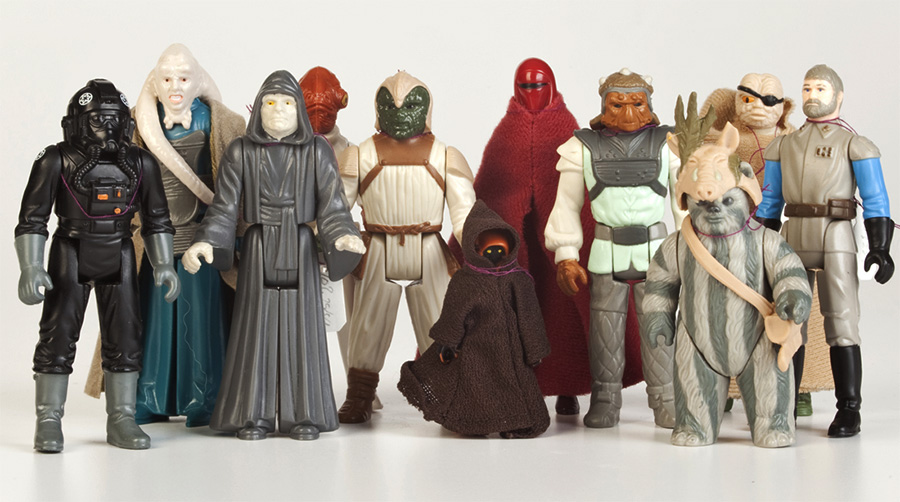
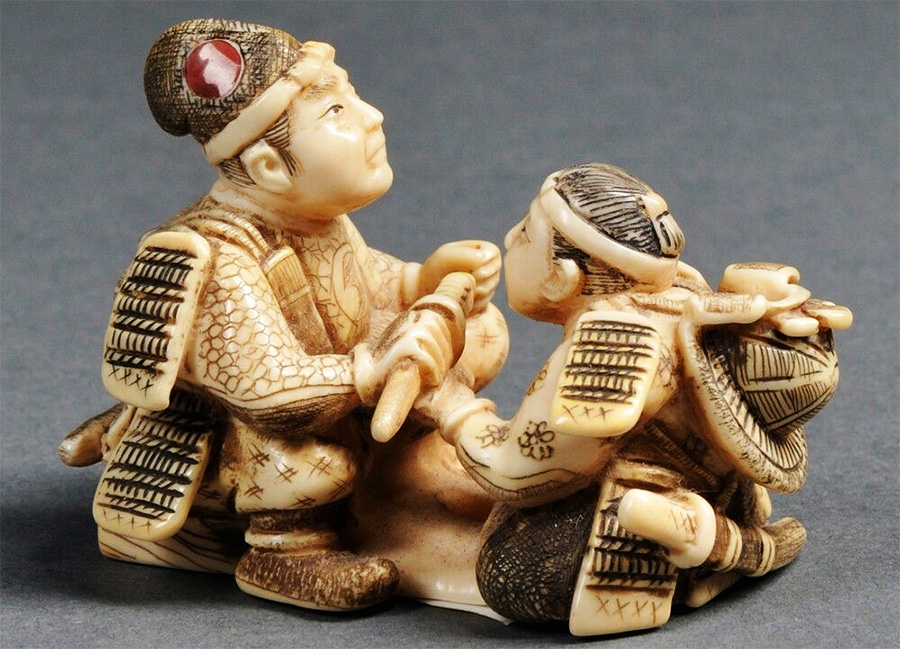
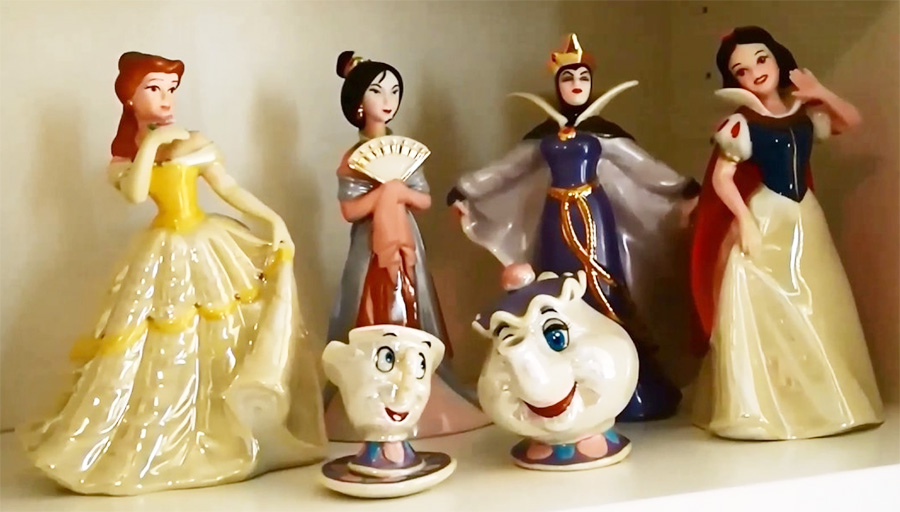
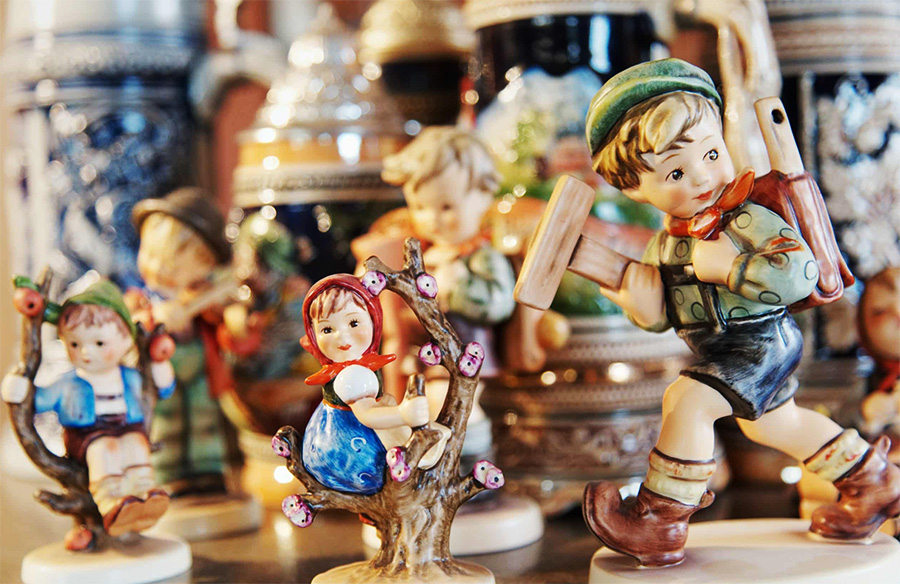

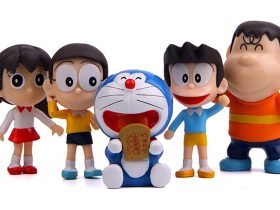
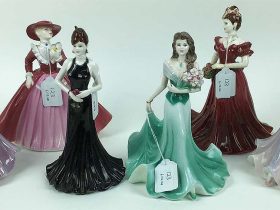
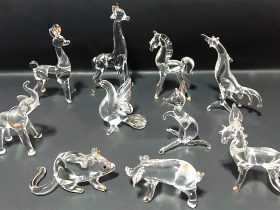
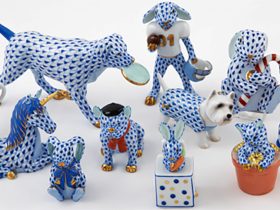
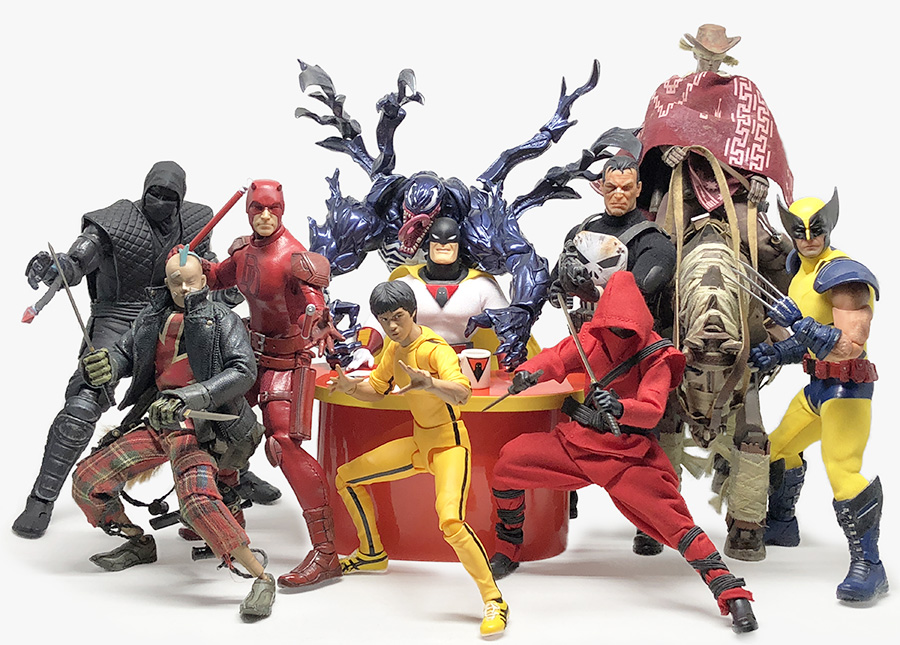
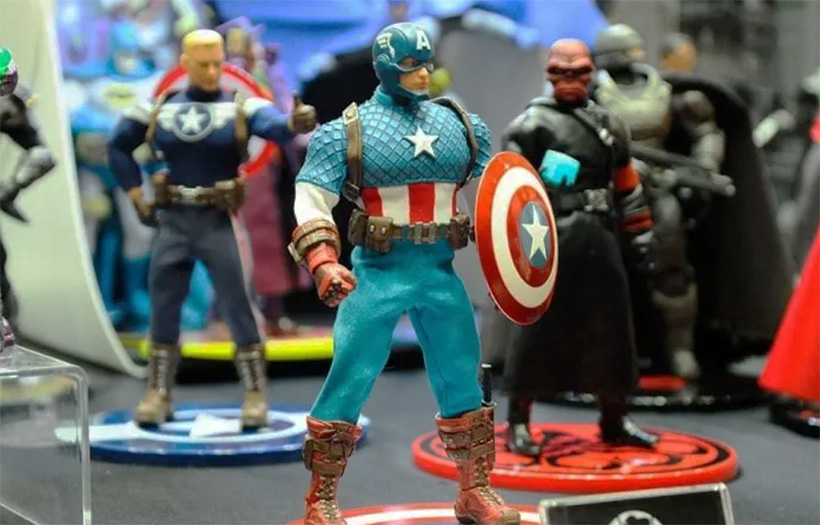
Leave a Reply